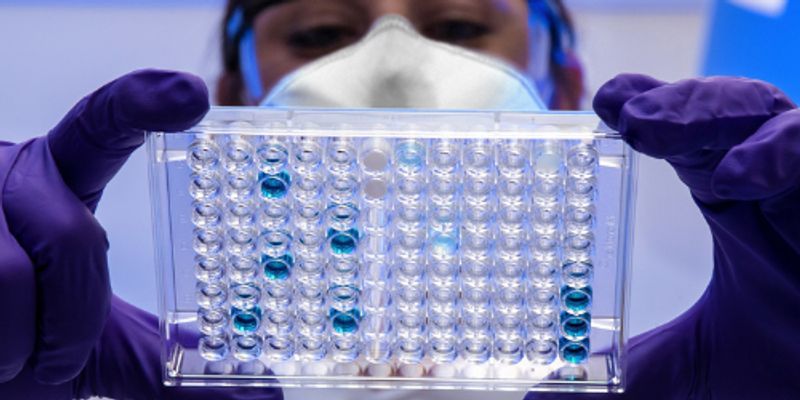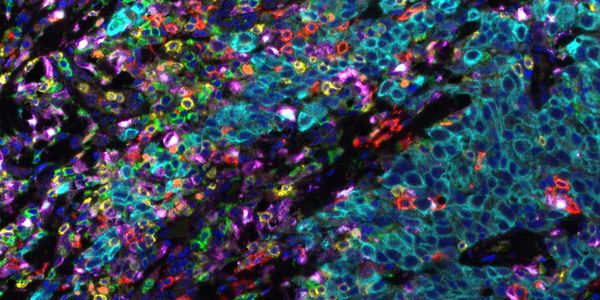Cell and gene therapies are on the brink of transforming the pharmaceutical industry, presenting unique challenges such as ensuring the quality and consistent supply of reagents. Reagents pl...
MAR 26, 2024 | 7:00 PM
C.E. CREDITS
The implementation of a preemptive pharmacogenomics (PGx) program in a hospital setting requires a multidisciplinary approach to ensure seamless integration of each stage of the process for...
MAR 26, 2024 | 8:00 AM
C.E. CREDITS
The implementation of a preemptive pharmacogenomics (PGx) program in a hospital setting requires a multidisciplinary approach to ensure seamless integration of each stage of the process for...
MAR 13, 2024 | 8:00 AM
Our presenter Jonathan Nowak, will discuss representative multiplexed assays for protein and RNA profiling built in the lab and discuss the necessary elements to operationalize this type of...
To make movement and foraging decisions in a naturalistic environment, multiple neural populations must work synergistically to produce successful actions. These decisions span multiple scal...























